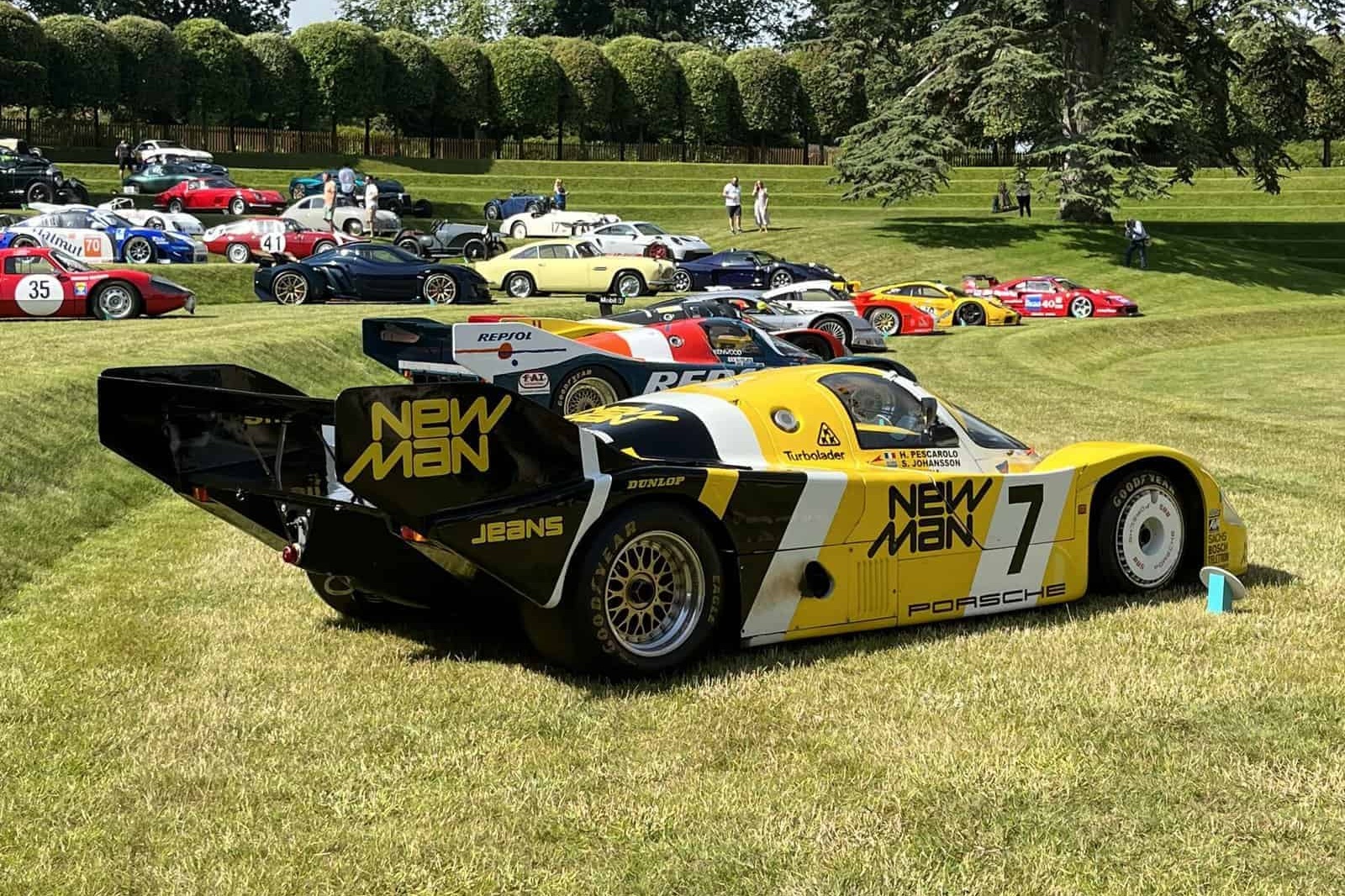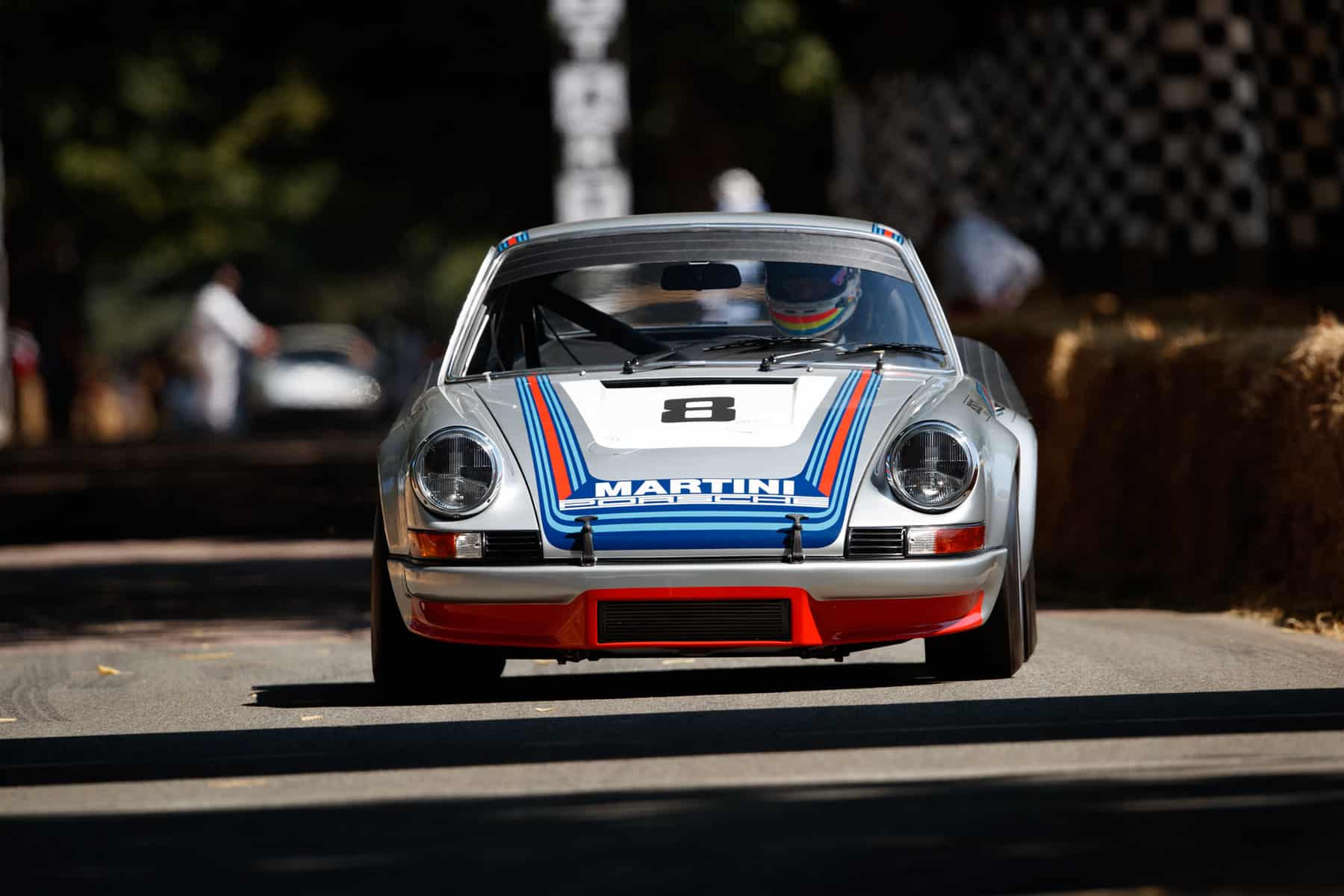Sunbeam Tiger V12
The quest to be the fastest in the world
BY: WOUTER MELISSEN
Speed had fascinated mankind a long time before the first automobile was invented, so it was hardly surprising that it did not take long for people to find out just how fast these new-fangled machines would go.
By the turn of the nineteenth and twentieth centuries, the World Land Speed Record was already a prestigious accolade. While the first records were set by electric cars, the record-breaking formula from the early 1900s had become using the largest possible internal combustion engine that would fit in a rolling chassis. One rare exception was the Sunbeam Tiger of 1925, which did not use a behemoth surplus airplane engine but instead was powered by a bespoke V12.
While the new Tiger was being built at the Sunbeam factory, Malcolm Campbell broke his own land speed record with an altogether different V12-powered Sunbeam. Known as “Blue Bird,” this mighty machine was fitted with an 18.3-liter “Manitou” engine that had originally been developed for use in airplanes. It was not only very big, it was also cutting edge, as it had overhead camshafts and three valves per cylinder. Weighing in at well over one thousand pounds, the big engine was rated at 355 hp. For Campbell, this proved to be the winning formula, as he first clocked 146.16 mph in September of 1924 and then 150.87 mph in July of 1925. Both attempts were made at Pendine Sands beach in Wales.
In addition to building mighty airplane engines, Sunbeam also produced and raced Grand Prix cars. At the 1922 edition of the prestigious French Grand Prix, the 2.0-liter Sunbeams were beaten by a Fiat. Although still brand new, the four Grand Prix cars were sold off to customers. To ensure that Sunbeam was more successful in 1923, the company’s chief engineer managed to lure Fiat designers Vincenzo Bertarione and Walter Becchia to their factory in Wolverhampton, England. Starting from scratch, the two Italians produced a new six-cylinder engined car that was effectively a green Fiat. The endeavor paid off as the example driven by Major Henry Segrave would go on to win the 1923 French Grand Prix. This was the first-ever Grand Prix victory for a British car.
For the 1924 season, a supercharger was added to the two-liter engine. Magneto failures meant there was no repeat win in the French Grand Prix, but later in the year Segrave was successful again, scoring a victory in the San Sebastian Grand Prix. The 1924 Sunbeam Grand Prix car was, above all, very fast. At one of the races, one of the supercharged cars topped 130 mph. That was just three miles shy of the land speed record set by Kenelm Lee Guinness. He used an earlier version of the Blue Bird, which featured an engine almost ten times the size of the straight six fitted to the Grand Prix cars. Perhaps looking for a more sophisticated way of setting a new record, Segrave commissioned Sunbeam to create a bespoke machine based on his 1924 Grand Prix car.
Born in Baltimore, Maryland, Segrave had an Irish father and an American mother. He grew up in Ireland and later attended the prestigious Eton College. Although just eighteen years old at the outbreak of the First World War, he served his country throughout. His first deployment was as an infantry man but after sustaining an injury he joined the Royal Flying Corps. Flying an Airco DH.2, he flew several missions until he crashed over the Somme in July of 1916. Breaking his ankle, he subsequently served in staff functions. After the war, he turned to racing and in 1921 won the first major long-distance race held in Great Britain since the Armistice. He then joined Sunbeam and served as works driver for the Grand Prix efforts of the British manufacturer.
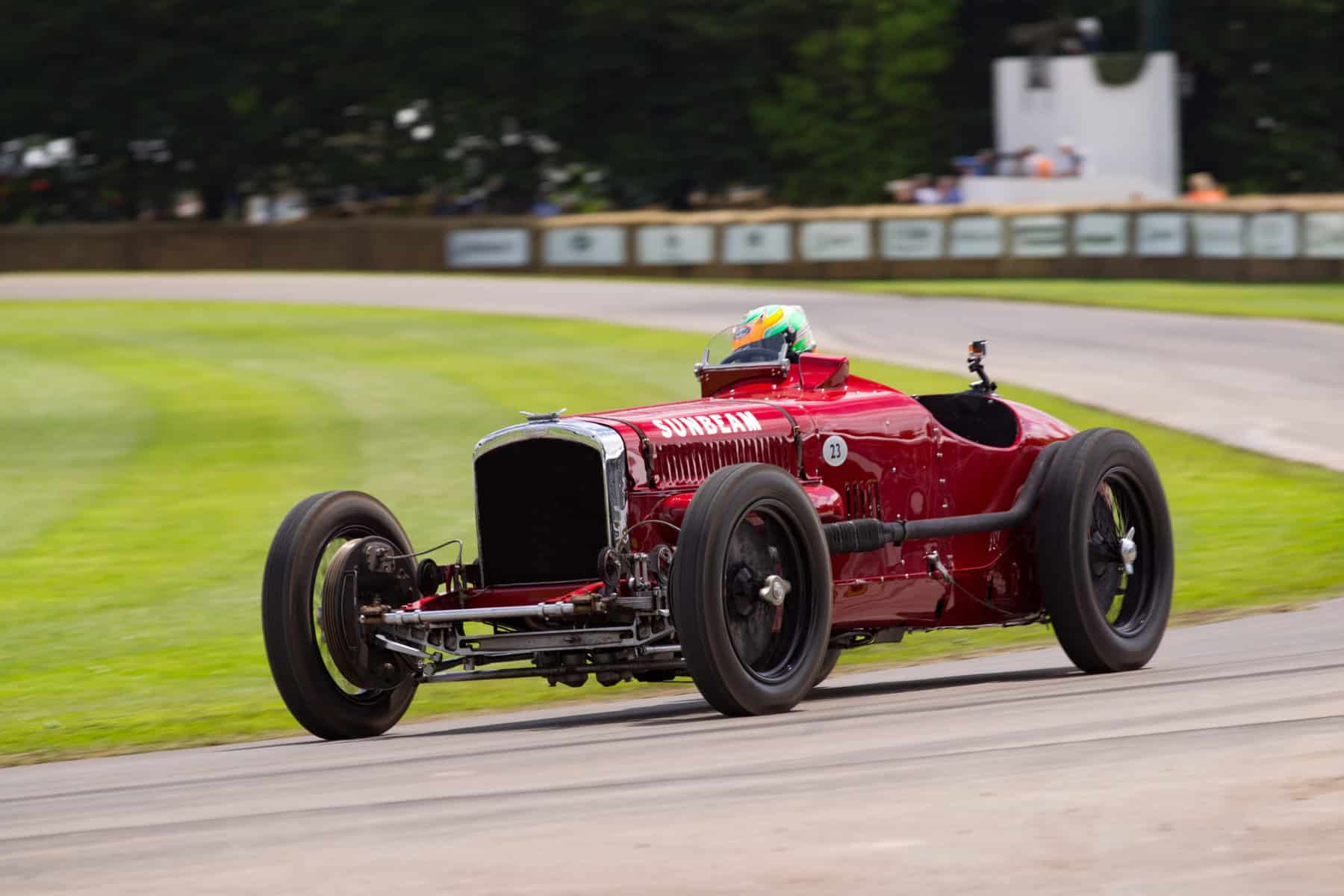
Even during the 1924 season, the Land Speed Record bar had been raised considerably with Campbell clocking 146 mph in September. This certainly meant that more power was needed than a single two-liter engine could ever provide. A relatively straightforward solution would be to use two of the Grand Prix engines mounted on a common crankcase to create a four-liter V12. Once again, the engine design work was done by Bertarione and Becchia, who were now the leading engineers in the Sunbeam-Talbot-Darracq company. They worked on both sides of the English Channel, creating engines for the British and French arms of the company.
The final design for the V12 was not as straightforward as it seemed; whereas the Grand Prix engine consisted of two blocks of three cylinders, each bank of the new V12 actually had three blocks of two cylinders. The heads were welded onto the block and featured twin overhead camshafts with two valves per cylinder. The camshafts were driven from the crankshaft by gears placed at the rear of the engine. Although many sources suggest the two banks of cylinders were mounted on the common crankcase at a 75-degree angle, the actual V-angle was a more common 60 degrees.
Bolted to the nose of the engine was a Roots-type supercharger. Driven by the crankshaft, it was fed the air/fuel mixture through a single Solex carburetor. The fuel itself was an exotic mix of fuels that allowed for a higher compression and supercharger boost levels. Like any modern racing engine, the new Sunbeam V12 was fitted with a dry-sump oil system. The highly sophisticated engine produced 305 hp at a staggering 5,300 rpm. By comparison, the mighty Manitou V12 would rev no higher than 2,100 rpm. Even though it was less than a quarter of the size of the record-holding engine, the Sunbeam V12 engine produced only 50 hp less.
Mated to a three-speed gearbox, the V12 engine was mounted in a steel ladder frame chassis. This was similar to the one used for the successful Grand Prix cars, which in turn was derived from the disappointing 1922 cars. The main difference was a longer wheelbase to house the bigger engine and ancillaries. Semi-elliptic leaf springs were fitted on all four corners, as were cable-operated drum brakes. The bodywork also followed familiar lines with additional bulges on the flanks to clear the V12 engine’s heads. For the Land Speed Record attempt, a shroud was fitted over the radiator to reduce drag.
The four-liter V12-engined Sunbeam was ready early in 1926 and was christened “Ladybird” by Henry Segrave. The car was prepared for a record attempt on the Southport Sands beach at the seaside resort of Southport in the northwest of England. As per the relatively new regulations, Segrave would have to make two runs up and down the beach, with the final result being an average of the two. It was not a straightforward affair, as Segrave managed to crack six supercharger housings due to engine vibrations and the roughness of the sand, which had not been especially prepared for the Land Speed Record attempt. Ladybird finally held together long enough for Segrave to actually succeed.
Although there were few spectators, the successful Land Speed Record attempt was vividly reported by the Southport Visitor. “In April 1926, Henry Segrave set a new world land speed record of 153.308 mph on Southport Sands. The car held its speed for the kilometre but after this distance had been passed his speed reduced considerably because the car hit a bump which threw the car 10″ into the air. The car travelled 48′ through the air but was only off the ground for 1/8th of a second during which time the engine revved up. There were three sharp explosions.” The official records have the speed Segrave set as 152.33 mph over a full mile.
Now an official Land Speed Record holder, the V12 Sunbeam was returned to the Wolverhampton factory. Here the big blower was replaced by two smaller blowers in an effort to improve the engine’s reliability. By the time the improvements had been made, Segrave’s record was already comprehensively smashed. J.G. Parry-Thomas did require a Liberty twelve-cylinder engine with a whopping 27.0-liter displacement to set the new record of 168.74 mph at Pendine Sands. Segrave and Sunbeam realized that getting the record back with Ladybird was out of the question; the car was instead sent to continental Europe to compete in Formula Libre races.
Its first outing was at San Sebastian where Segrave led the race until the front axle failed after six laps. A redesign was required to stiffen up the suspension and Segrave then set the fastest time at the Bolougne six kilometer speed trials with an average of 140.6 mph and a fastest kilometer of 148.1 mph. That was actually faster than the last Land Speed Record set on public roads by a 21.7-liter Fiat two years earlier. It was then entered in the Italian Grand Prix where it also led the race but again failed to finish due to a mechanical failure. The final outing came in October when Albert Divo set a new course record in the Gaillon Hill Climb. The car had been painted Talbot blue for the occasion.
As the V12 Sunbeam had proven to be quite useful as a circuit racer, a second example was produced ahead of the 1927 season. The two cars were raced with some success for several more years with the original being renamed Tiger and the second example Tigress. In 1932, the two cars had been acquired by Segrave’s old rival Malcolm Campbell. He had Tiger rebuilt on a new underslung chassis by Thomson & Taylor. It was also fitted with a revised body, hydraulic brakes, and pre-selector gearbox. In this guise, the Sunbeam Tiger would continue to be raced, predominantly at Brooklands, for another five years. Its final appearance in period was at Brooklands in September of 1937.
The successful Land Speed Record attempt of 1926 had clearly gotten Segrave hooked. In 1927 he became the first to break the 200 mph barrier with a Sunbeam special that was powered by two 22.7-liter V12 engines. Two years later he was back at Daytona Beach with the single-engined “Golden Arrow” and raised the bar even higher, averaging 231.5 mph. For his efforts, he received a knighthood at the end of the year.
Henry Segrave still had a need for speed and set his sight on the record on water. On the 13th of June 1930, a Friday, Segrave became the first man to hold both the speed record on land and water with a run of nearly 99 mph. Sadly, the boat crashed on his third attempt and he died shortly thereafter due to his injuries, but not before he was told he had indeed succeeded. He was just thirty-three years old.
After the war, both Tiger and what remained of Tigress were owned by Sir Ralph Millias. He continued to campaign the car in historic events, using parts from Tigress to keep Tiger running. Among the subsequent owners were prominent collector the Honourable Patrick Lindsay and Neil Corner. In 1990, it joined the collection of VJ Mallya. It was brought back to Southport where it was clocked at a reported 159 mph. Restored and repainted, it was sent back once again in 2016 to celebrate the ninetieth anniversary of Henry Segrave’s Land Speed Record setting run. At that time, it was fitted with a V12 engine that had been rebuilt by Phil Reilly and was understood to produce an impressive 413 hp.
As a result of its very long racing career, the Sunbeam Tiger as it exists today combines elements of the original car, such as the V12 engine, and the later Brooklands special produced by Thomson & Taylor. It will forever remain the car that set the Land Speed Record with the smallest displacement internal combustion engine of all. The Tiger is also the last Land Speed Record breaker that could also be used as a circuit racer. Sunbeam later revived the Tiger name for the V8-engined Alpine that was created together with Carroll Shelby during the 1960s.
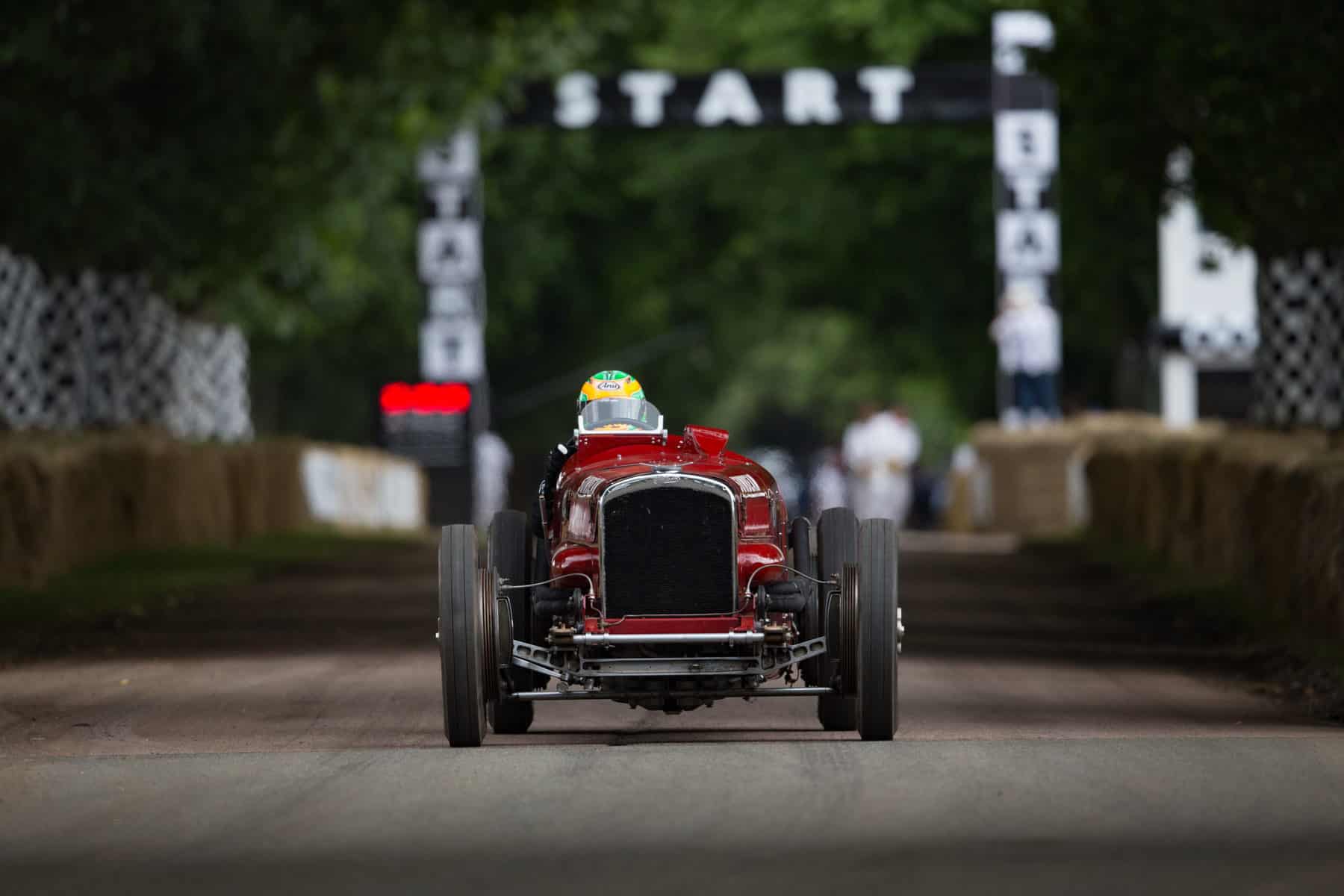
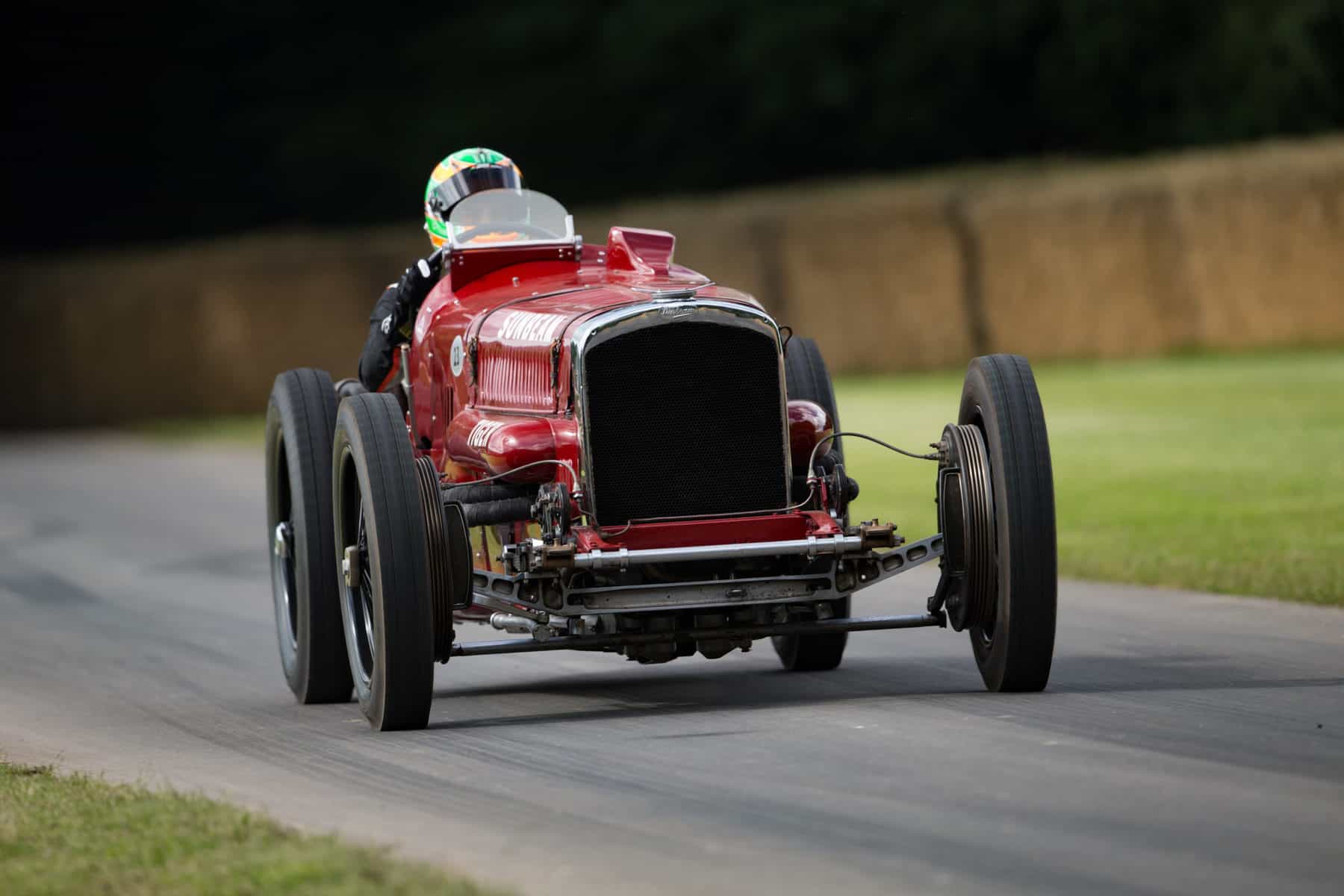
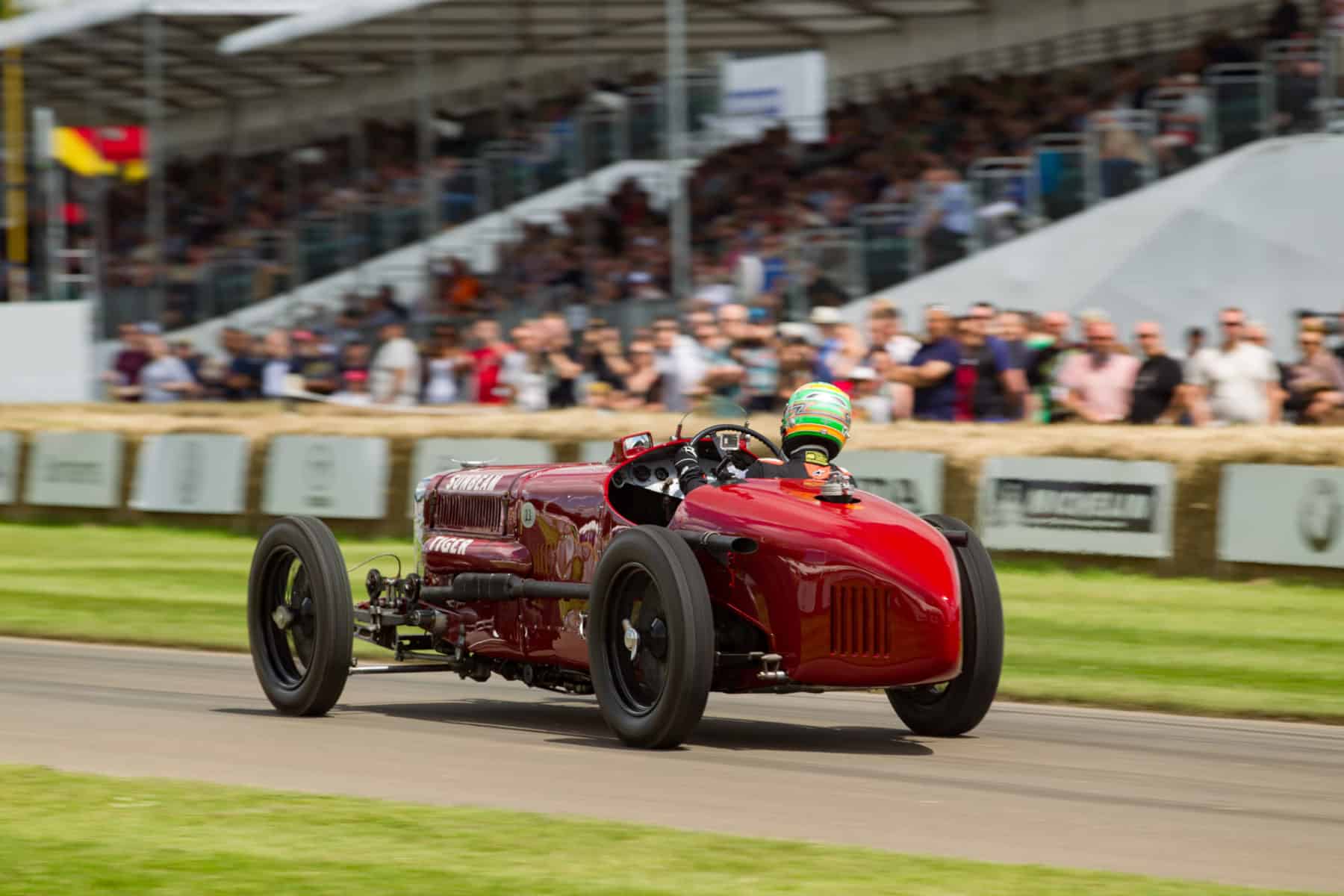

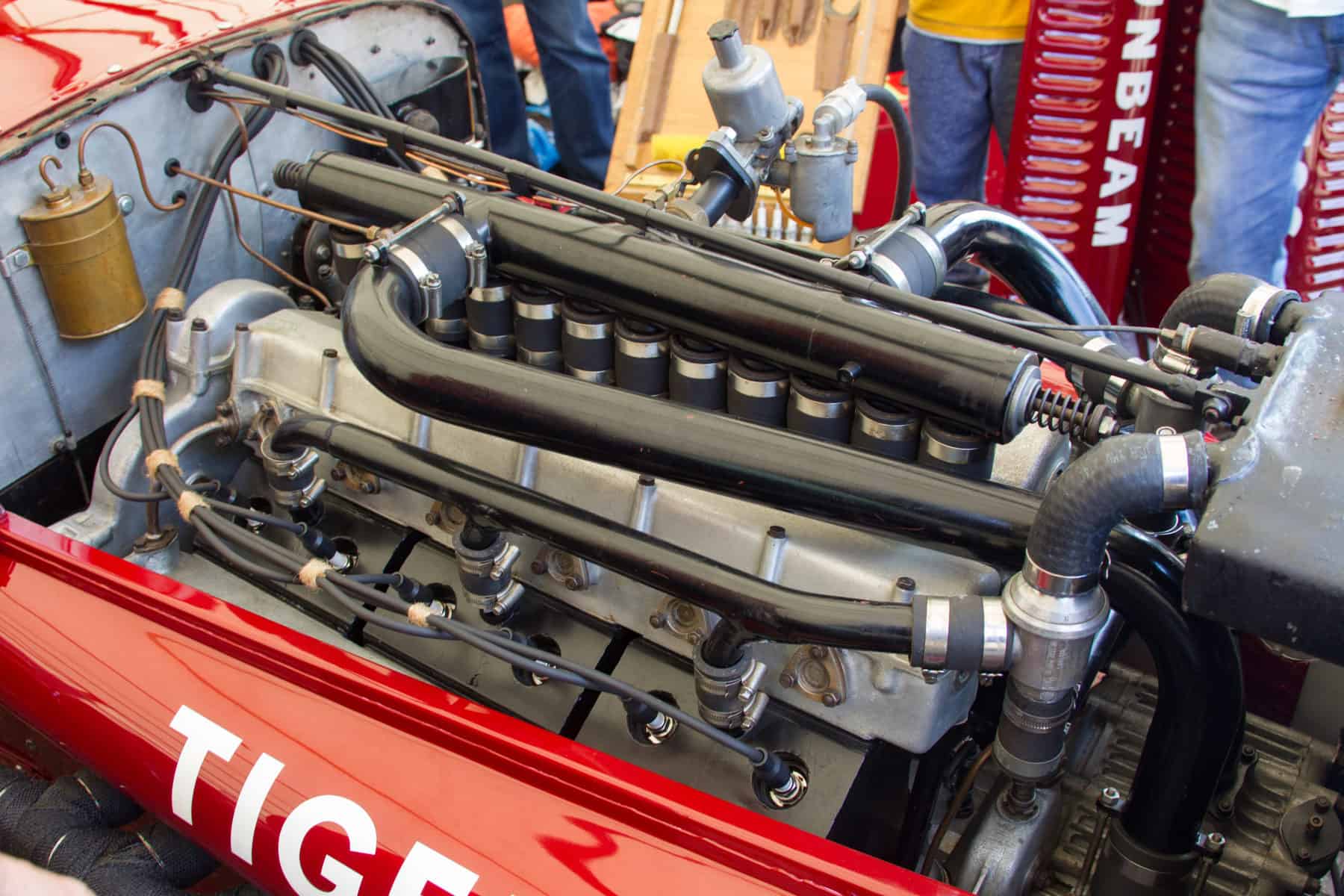


![alfa gtz perfectly imperfect webannerl[1]](https://automedia.revsinstitute.org/wp-content/uploads/2024/08/Alfa-GTZ-Perfectly-Imperfect-webannerl1-uai-1200x800.jpg)
